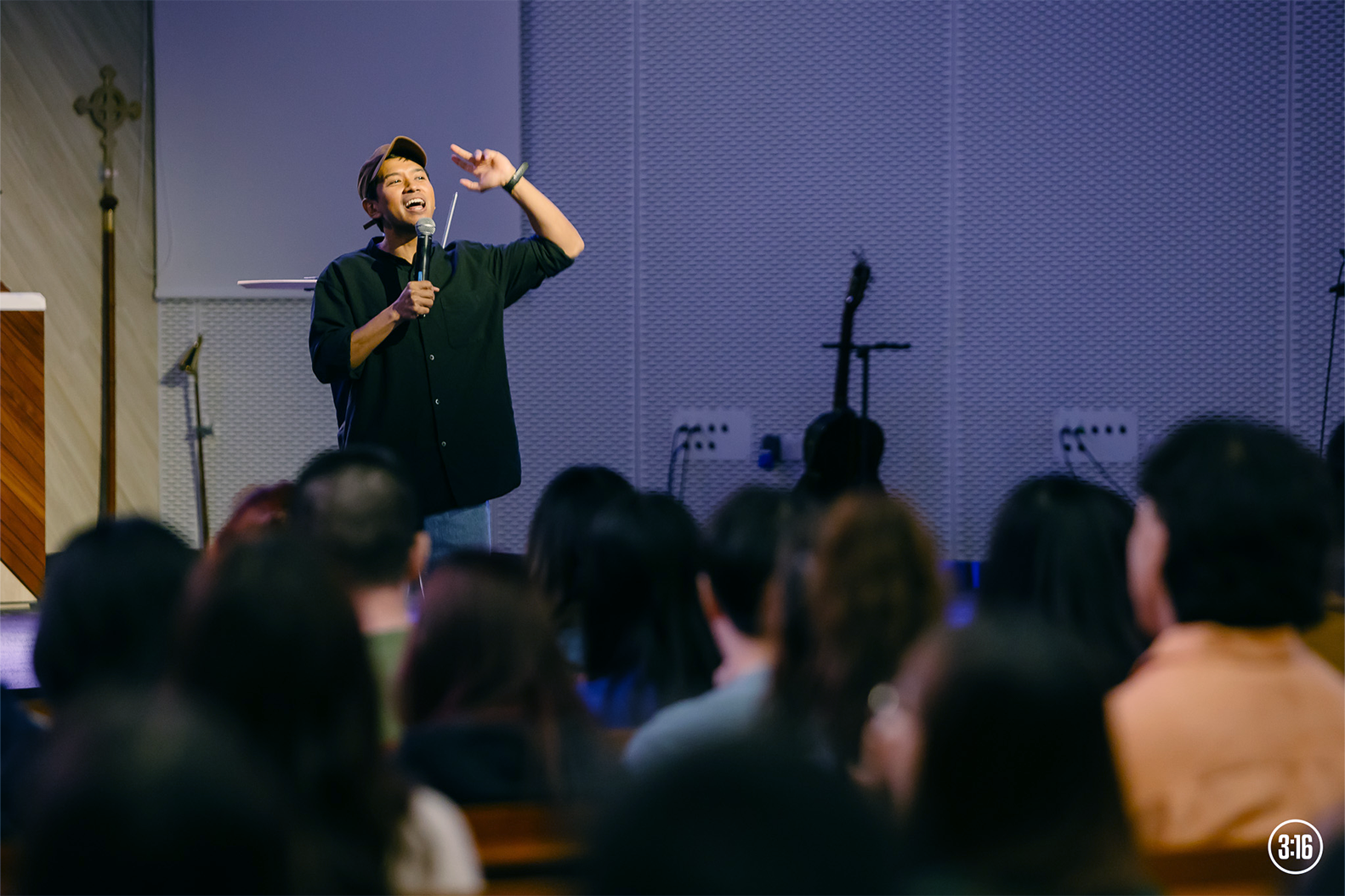Although the stringent measures imposed during the circuit breaker have since been relaxed and churches are starting to reopen, the air of anxiety surrounding mass social interaction nonetheless persists.
Other than four churches that were recently given the green light to have up to 100 people in their worship services from Friday (August 7), all other churches are only allowed to accommodate up to 50 people at a time.
With limitations on the size of gatherings inside and outside the church still in force, what has this meant for cell groups that thrive on regular fellowship?
As it turns out, many have proved to be remarkably resilient in the face of challenges posed by the coronavirus. Yet, there is a remarkable degree of variety among cell arrangements that have sprung up during this Phase 2 period.
We check in with how some cell groups have devised creative alternatives to connect with another despite the restrictions and explore how cell culture has evolved as Singapore transitions into a more socially conducive phase.
HYBRID CELL GROUPS GROWING IN INTIMACY
Even with the lurking threat of “Zoom fatigue” after months of isolation, this has proven to be a period of growth rather than stagnation for many cell groups.
As the saying goes, distance truly does make the heart grow fonder, and some cell members have found themselves bound closer together over the past few months.
“Without the constraints of time and space, our conversations could really grow.”
This much was true for Gideon Purwono, who attends Hope Singapore. Reflecting on the “hidden blessings” that have come with online meetings, he noticed that the virtual format lowered the inhibitions of cell members and made it easier for them to share about themselves, including their perspectives on issues.
They tried out different arrangements, such as holding a combined online session with another cell group and organising smaller meet-ups in person to welcome new members.

This newfound closeness also prompted them to organise fun and meaningful activities to facilitate bonding between cell members. Among the activities they planned were going on a virtual “field trip” to a Christian conference, as well as supporting a bake sale to raise funds for church members who had lost their jobs as a result of the coronavirus.
This gave his cell group a chance to come together to make a positive difference, said Gideon.
Similarly, Corinna Ng from Kingdom Life Community Church shared that her cell group had started meeting online throughout the week for prayer, devotion and fellowship – instead of just once a week. These online check-ins have continued even as her cell group has returned to meeting in church.
“The physical separation led us to engage more via text and social media,” she mused. “Without the constraints of time and space, our conversations could really grow.”
According to Corinna, her leaders have also begun checking up on members more frequently than before the circuit breaker. This intentional communication throughout the week has allowed her all-girl cell group to better understand one another’s interests and struggles, she added.
For Joanne Kwok of Bethesda (Bedok-Tampines) Church, cell members have divided themselves into small groups that meet at several houses since the beginning of Phase 2. Video calls are then set up between the different households to connect the groups and let the entire cell operate as one whole.
Explaining that this hybrid system offers “a semblance of life before,” she said that there have also been practical benefits to this arrangement. Meeting in person allows other members to help take care of the young children in the cell so that their parents are not as overwhelmed.
As Joanne pointed out, this all-hands-on-deck approach — one of the casualties of the shift to online fellowship — best encapsulates “what cell is really about”.
ONLINE CELL GROUPS GROWING IN NUMBERS
Of course, not all cell groups are comfortable with meeting in person just yet, and most are still being conducted entirely online. My own cell group has opted for this arrangement, and it has worked surprisingly well for us.
One of my cellmates who is currently studying in Australia has been able to attend our Sunday morning sessions thanks to the wonders of technology.
Indeed, as someone who spent three years studying abroad and recently returned, I can empathise with the struggle of feeling detached from one’s cell group as the physical distance often translates to emotional distance.
And it’s not just overseas cell members who have benefitted from this virtual migration – it has also become easier for members living on the other side of the country to join in.
“It helps our folks who stay further away (from church) to attend,” Gideon told me, observing that cell group attendance rates have also risen with many people opting to spend more time at home.
CELL GROUPS INTERACTING IN NEW WAYS
As it turns out, virtual cell groups have their fair share of benefits too. The transition from physical to online Bible study means that cell members can leverage an array of useful functions offered by technology.
The screen sharing function on Zoom, for instance, allows leaders to easily bring in engaging presentations and worship videos. Members can also use the whiteboard function to draw or write on a shared screen. My cellmates and I often use this collaborative function to pen down our thoughts on a passage or topic, as well as for games of Pictionary.
Breakout rooms additionally provide a smaller “closed door” setting for cell members to bond with others whom they previously might not have known well. This would not have been possible for physical cell group sessions held in venues with limited space.

As many cell groups continue to find their feet in the new normal, it is perhaps an apt time to recall Paul’s counsel in Hebrews 10:25 to “not giving up meeting together, as some are in the habit of doing, but encouraging one another — and all the more as you see the Day approaching”.
It is heartening to see that cell culture has evolved instead of fading away with the lack of physical interaction. We encourage all brothers and sisters in Christ to persevere in their efforts to sustain close and meaningful fellowship.
We are indeed living in strange times, but the sense of community inherent to the faith has sustained Christians through worse times, and will no doubt see us through this storm too.
- What impact has COVID-19 had on your cell group?
- Have you seen any positive changes in your cell culture?
- How can you make better use of available resources – online and offline – to deepen fellowship within your cell group?









